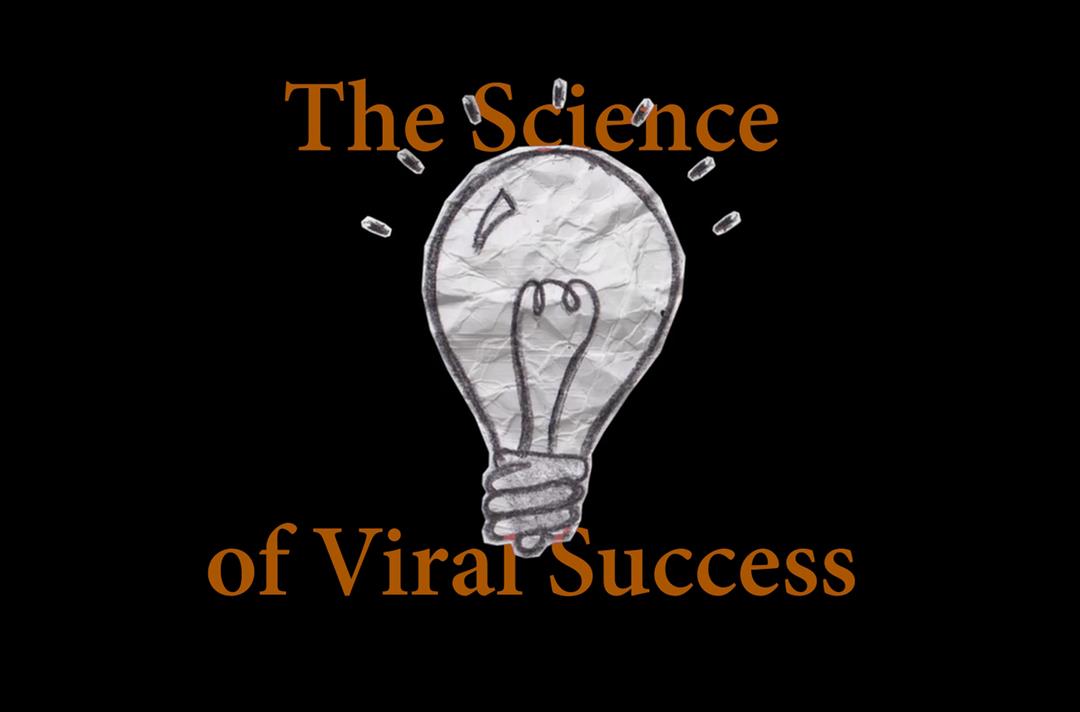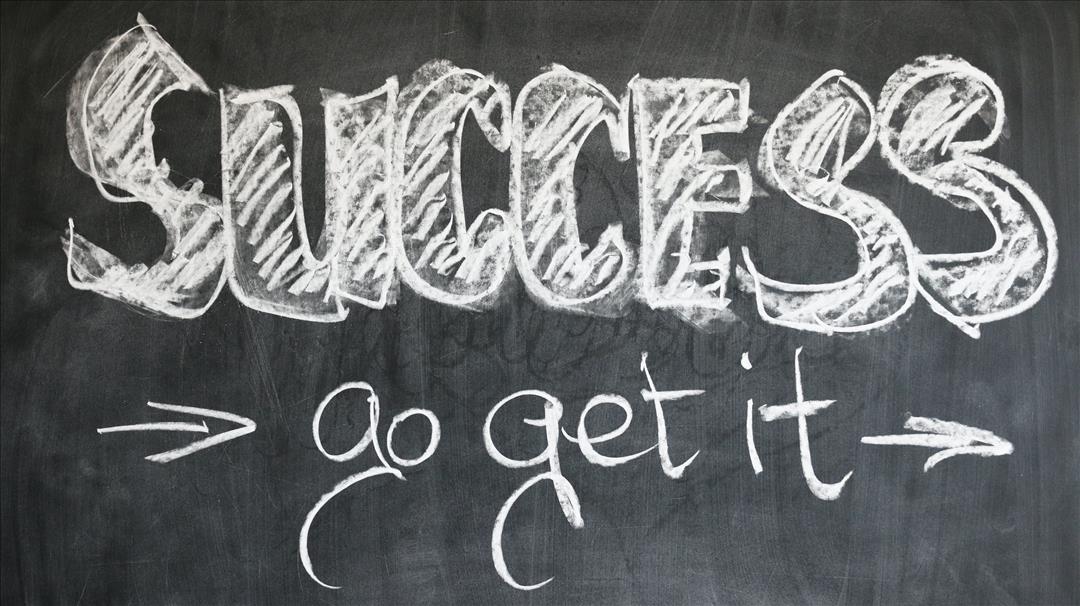The Secrets of Viral Success
21 Mar 2023, Posted by in Art, Design, Life, Newsletter, Photoshoots, Uncategorized
“How do you create a viral crowdfunding campaign?” You probably don’t believe there’s an answer to that question…. And I don’t blame you. We should start by acknowledging that every piece of advice you’ve gotten on how to create a viral crowdfunding campaign is probably wrong. If you’ve searched for answers, you’ve likely heard:
1. Start with a compelling story!
2. Build a strong social media presence!
3. Leverage the power of video!
4. Offer compelling rewards!
5. Reach out to influencers!
These are (for the most part) the elements that prevent your campaign from being dismissed… not the ingredients that make it go viral. If they were, we’d have a lot more runaway successes on our hands.
A more frank bit of advice might be to “have a great product” at the heart of your campaign. And this sounds reasonable, especially when combined with the other five elements. But believe it or not, a great product or service isn’t necessary for a viral campaign, either. When it comes to crowdfunding campaigns, people often never touch the product until after the campaign has gone viral.
So what does it take to have a viral hit? Surprisingly, research has a few answers. I’m not talking about the type of research that marketers, advertisers, and consultants tout. I mean scientific studies conducted by actual researchers, like Barabasi, van der Rijt, and Rosen, published in professional journals like Science. Here’s what they say are the important factors for viral success on Kickstarter and Indiegogo.
Important Factors for Viral Success
First, campaigns that go quickly viral almost always have creators with previous success or even fame. Take, for example, the campaign for Exploding Kittens. It raised more than 8.8 million dollars… for a deck of cards. What’s more, none of the 200,000 donors had ever played the game. Why did so many people flock to this campaign? One essential reason is that the illustration on the cards were drawn by Matthew Inman, a quirky cartoonist with an extensive fan base. His fans gave an huge early boost to the campaign… but they didn’t number 200K, nor did they spend eight million. Inman’s drawings generated two important phenomenons called “preferential attachment” and “cumulative advantage.”
Preferential attachment describes how an existing network (Inman’s art fans) can attach to a new network (Kitten’s Kickstarter campaign). It’s more than simply a large number of people in one’s email list. It’s a large number of people with a common interest, or preferential attraction. Having a large contact list isn’t enough if they aren’t connected by an interest.
Cumulative advantage refers to the concept of “success breeds success,” or more bluntly— the rich get richer. Success is as much about the perception of value as actual value. When Inman’s art fans contributed to the Indiegogo campaign, they created the perception of success. Five hundred contributors in 48 hours? The cards must be amazing. Everyone wanted on the boat after that. The good news here, is that you don’t need hundreds of contributors to build cumulative advantage. In fact, that phenomenon starts with a single, early contribution.

Researcher Arnout van de Rijt conducted a study using existing Kickstarter campaigns. He identified 200 campaigns that had zero contributions. He divided them at random, and made a contribution to half of them. He found that campaigns that received his initial donation more than doubled their chance of attracting further funds. I numbers, 74% of Ritj’s benefactors received additional donations; but only 31% of the control group received a single contribution during their entire campaign. When he donated four times to these campaigns, the “success” rate increased to 87%, though it should be noted that none of these campaigns turned “viral” from his single-digit contributions. More is needed.
It should also be noted that each subsequent donation in van de Rijt’s experiment had a diminishing return. A single donation doubled the campaigns “success” rate, whereas it took three more contributions to double it yet again. What this means is that you can’t tip the scales into a viral campaign with a few dozen contributions.
Now, most campaigns don’t have the privilege of an already-famous creator, so what can we learn from Exploding Kittens and Mr. van de Rijt’s study? Well, if success breeds success, anywhere we can highlight that success boosts your chances. Anytime you can highlight your expertise or achievements you should do so. This can be success in related ventures or in previous crowdfunding campaigns.
Early contributors (as shown by van de Rijt) can play an important role in viral success. Conducting a “pre-campaign” with friends and family to get them to pledge contributions once your Kickstarter or Indiegogo goes live is an excellent idea, providing that early cumulative advantage.
Typically, building cumulative advantage takes time and persistence. Unless you “borrow” that advantage from another co-creator (like Exploding Kittens did with Inman), there’s no quick fix here. So the earlier you start, the better.
Six ideas for building cumulative advantage:
- Use content marketing to establish your expertise
- Invest in brand development, people need to recognize you instantly
- Build networks, specifically within your niche
- Cultivate early contributors to your campaign; use friends and co-workers
- Highlight what’s popular about it– the community, how everyone is doing something similar
- Start early on these endeavors because they typically take time. Research shows it’s never too soon— or too late
Research also shows that when the quality of the product, person, or performance can’t be judged, their cumulative advantage— prior success and popularity– becomes the biggest determinant for success. Preferential attachment, how networks build upon each other, is a component of cumulative advantage. And Preferential Attraction, the phenomenon of individuals being drawn to “like” individuals, is a component of preferential attachment. These three concepts are core to what’s called the “power curve,” the theory of how people, ideas, and campaigns go viral.

If you’re about to launch a crowdfunding campaign you may be thinking that this advice isn’t very helpful. But keep this in mind. The ideas behind the Power Curve determine viral success. It’s enough just to have a fully-funded campaign. Inman’s fame was the result of years of hard work and slow gains… and even now he’s hardly a household name; Exploding Kittens was a phenomenal viral campaign, but if you asked their creators they’d say that was a complete surprise.
In professions that rely solely on skill, the only pathway to success is through painstaking movement up the ladder, taking advantage of every opportunity to display one’s talents (as Inman did with his illustrations). But most professions don’t rely solely on skill. Lawyers, artists, inventors, accountants may need skill, but their success (and in particular viral success) depends on how others see them. These professionals rise to the top of their fields not so much by climbing ladders, but by crossing bridges… social bridges. They stand out among the right audience or network. Is Drake twice as talented as Bob Dylan? (He’s worth twice as much.) Yet it’s clear that Dylan has had a more impact on the field of popular music. When it comes to popular music, it’s fairly impossible to objectively evaluate talent. Their musical talents don’t define their success; a great product isn’t necessary for a viral campaign.
Even in fields where talent is clearly defined and tracked, one’s success doesn’t correlate directly with the level of skill. Is LeBron twice the player as Kevin Durant? You may be surprised to hear that they both averaged 29.5 points last year with Durant leading in field goal percentage; yet Lebron’s net worth is six times that of Durant. Neither men, however, matched the performance of Philadeplphia’s Joel Embiid who surpassed both in points (33.5) and in rebounds. Embiid is neither as celebrated or as wealthy as Lebron and Durant. These top performing athletes are statistically quite similar in terms of skill, yet the difference in their “success” (as measured by wealth, fame, and pay) is enormous. There’s much more to be said on the topic of success, but that’s for another time.
viral success isn’t the product of a remarkable idea
According to research published in Science Magazine, viral success isn’t the product of a remarkable idea or product— nor is it the result of outstanding marketing. We’re a video production and branding company, and we’ll admit it’s not about great video, either. Research has shown how a single contribution can affect a campaign’s success, and why success at the highest levels has little to do with performance or skill.
Many agencies say they are “data driven.” That’s a lot of marketing hype. At Hurricane Images Inc., we’re research driven. And that’s a lot of success.
For more inspiration and marketing tips, follow us on Facebook!
![]()
Sorry, the comment form is closed at this time.